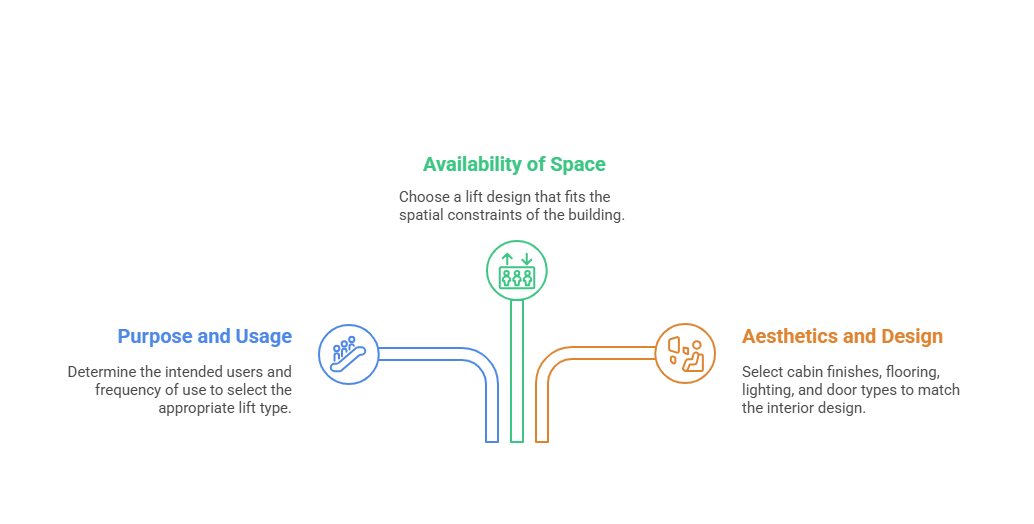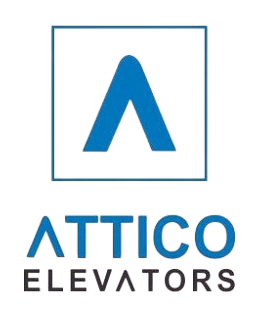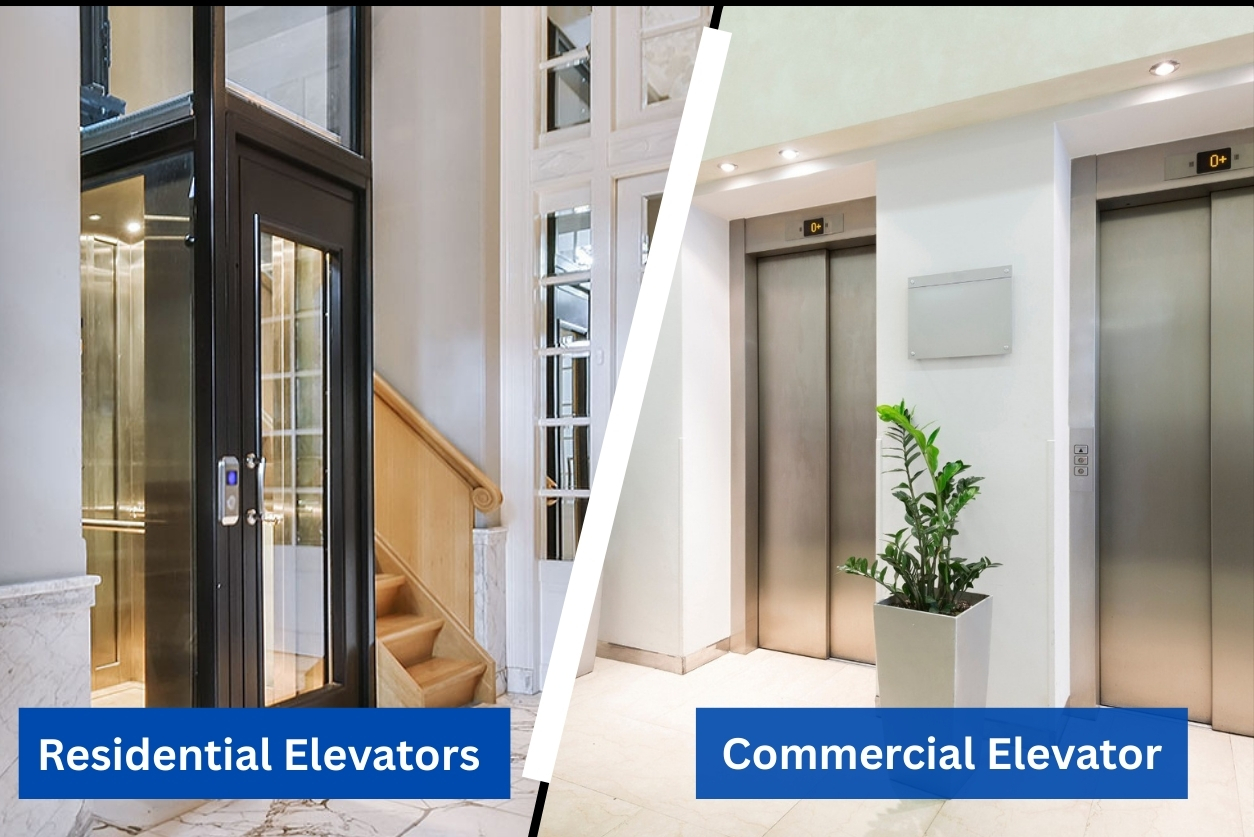Today’s hyperactive society has resulted in passenger lifts becoming commonplace rather than a luxury. They are now an essential part of modern buildings. Whether it is a new construction project or an upgrade to an existing space, a passenger elevator makes the property easier to access, enhances convenience, and adds monetary value. Given the different brands, features, and types, the decision-making process is often difficult.
This guide will walk you through key features to consider, and factors that will assist you in selecting the best-fit passenger lift for home, office, apartment, or commercial complex.

What is a Passenger Lift?
Vertical transport systems that lift and lower people from a certain floor to the other in residential buildings, shopping malls, and hospitals are classified as passenger lifts or elevators. As lifts are common in offices and public infrastructure, the range of speed, style, and capacity lifts available is diverse to accommodate the design and utilisation of the building.
Important Aspects to Pay Attention to When Looking for a Passenger Lift-
1. Carrying Capacity
The range of lift users must match the building traffic. Serviced options typically vary from 4 to 20 users or 320 kg to 1600 kg. Residential buildings usually have 4-6-person lifts, and commercial spaces or hotels require them in larger numbers.
Tip: Ensure that you plan for greater demand down the line. So, consider having a bit more than what you actually need at the moment.
2. Speed of Operation
Lift speed is expressed in meters per second (m/s). For low-rise buildings, ranging from Ground plus two (G+2) or G+3, 0.5 to 1 m/s would be optimal. Midrise to high-rise structures may require 1.5 to 2.5 m/s or more to reduce waiting and travel time.
Note: Expenses for lift installation increase with the height of the building, but it is a necessity.
3. Type of Drive System
There are different drive systems for lifts, of which the following are popular:
Traction Elevators (MR or MRL): The most used in the commercial and mid to high range buildings, MRL (Machine Room-Less) variants are space-saving.
Hydraulic Elevators: Used in low-rise buildings. provide easier maintenance and smoother travel.
Gearless Elevators: Best suited for high-speed, high-rise applications since they are very quiet and low on energy usage.
4. Safety Considerations
The safety of the passenger is a given and non-negotiable. Check that the elevator has the following features:
- Emergency light and alarm
- Intercom or telephone system
- Automatic Rescue Device (ARD)
- Overload sensor
- Multi-beam infrared door sensors
- Anti-skid flooring and rails
- Fire-rated doors for public or commercial buildings.
5. Energy Efficiency
Modern elevators use regenerative drives, LED lights, and sleep mode when not in use to conserve energy, electricity, as well as reduce operating costs.
Additionally, there are considerations one should take into account before purchasing a passenger lift.

1. Purpose and Usage
Determine who the intended elevator users are and how often they will use the elevator. For instance:
Homes have stylish, compact, and slow-speed lifts.
Offices have speedy lifts with a higher passenger capacity.
Hospital Elevators have stretchers and a smooth ride.
2. Availability of Space
Depending on the design, elevators can be added to existing buildings or during new construction. Depending on the spatial constraints, one can choose from:
Standard Lifts with Machine Room (MR)
Space-saving MRL lifts
Shaftless or pitless lifts for retrofit homes.
Work with your architect/elevator consultant for the best fit.
3. Aesthetics and Design
The cabin design should suit the overall interior aesthetics. We offer a wide selection, including:
Finishes for walls (stainless steel, glass, laminate)
Flooring (vinyl, granite, anti-skid tiles)
Lighting (LED panels and ceiling constructs)
Door types (manual, automatic, and centre opening)
Why Attico Elevators is your best choice
At Attico Elevators, we expertly blend engineering prowess, graceful styling, unparalleled service, and world-class expertise in passenger lift applications. Each lift, whether for a luxury home, corporate building, or public institution, is custom-designed to meet the technical and aesthetic requirements of the customer.
To sum up
Purchasing lifts is primarily motivated by the desire to ensure comfort, ease of access, and security for all. However, we recommend focusing on your functionality, usage scope, and placement features to make sound decisions. Along with Attico Elevators, the right partner in providing elevator solutions, you can be confident in valuing your investment and performance.







